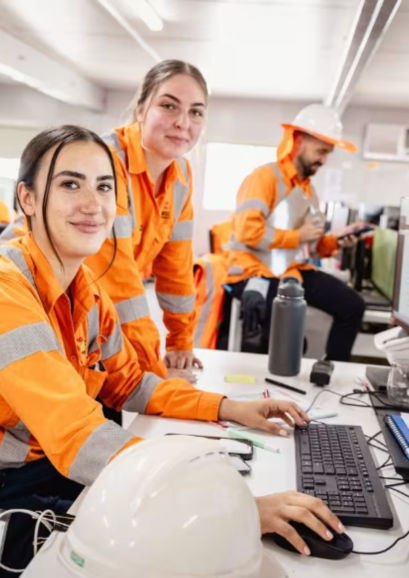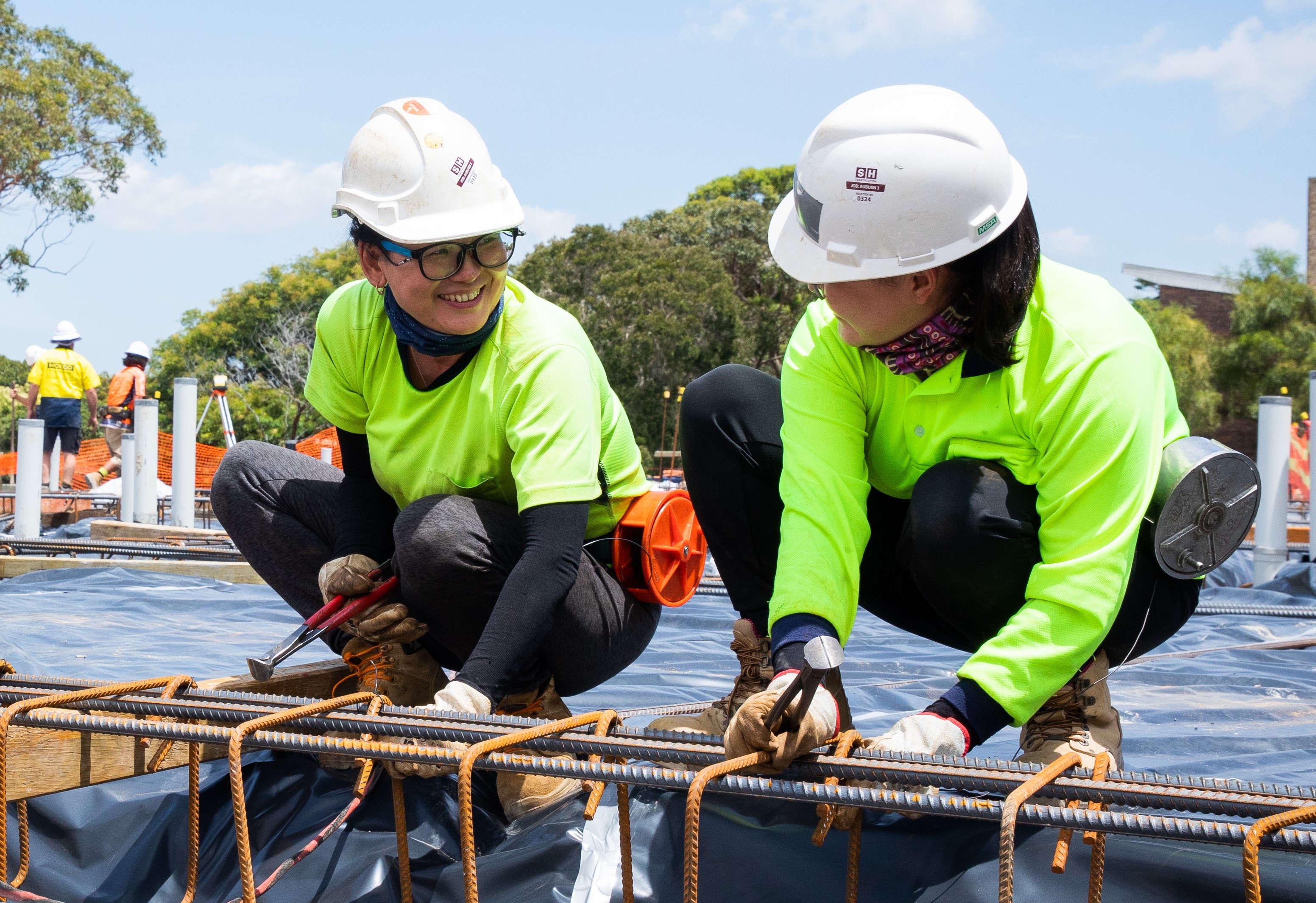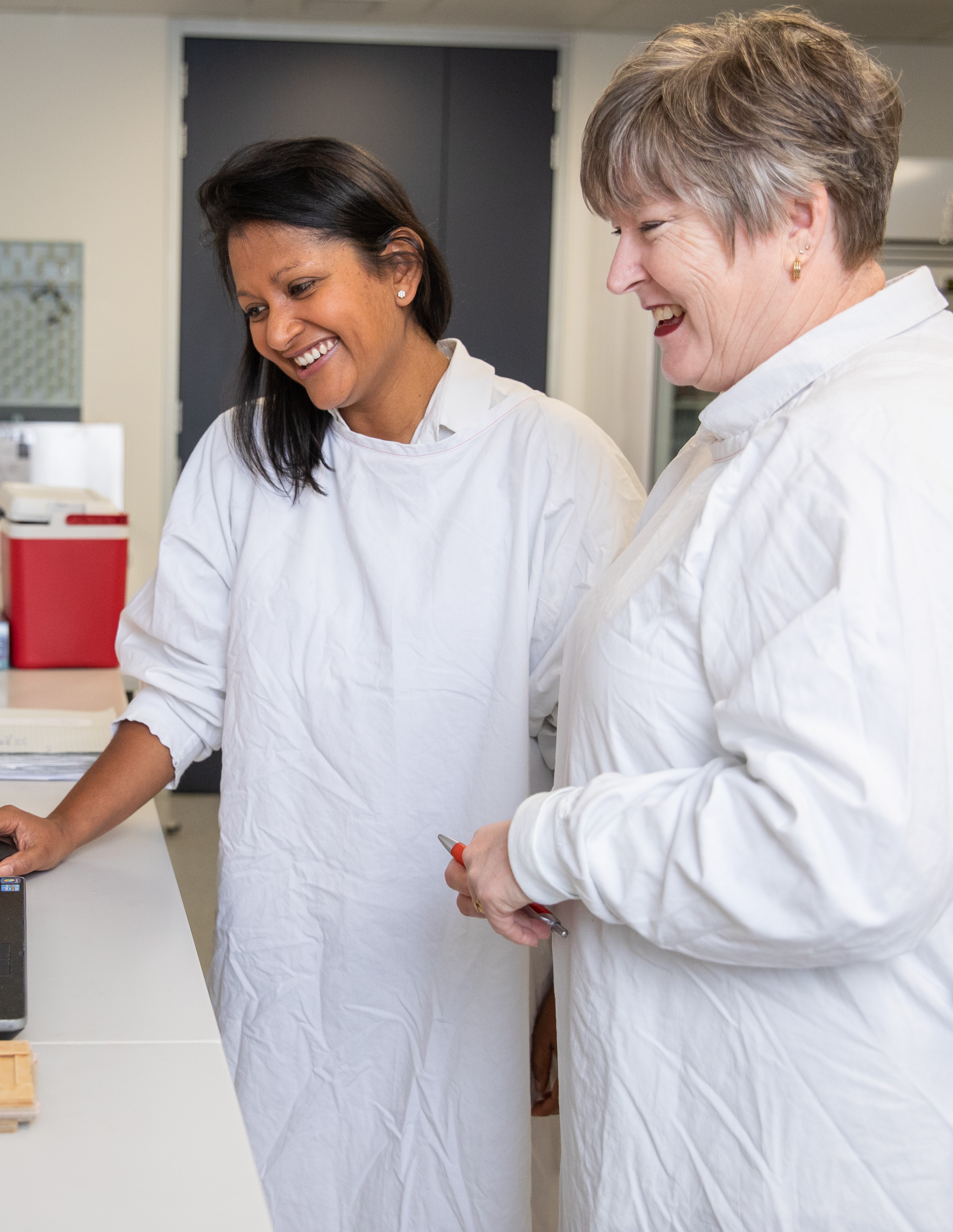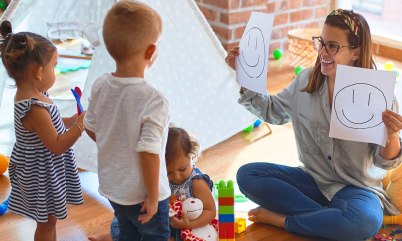The NSW Government is committed to ensuring that our State remains the best place for people to live, work and fulfill their potential, regardless of their gender.
NSW Treasury is implementing a range of gender responsive budgeting tools and practices to ensure gender equality considerations are embedded into government decision-making and resource allocation processes. We are working to embed Gender Impact Assessments on all new policy proposals, as well as publishing a Gender Equality Budget Statement alongside the annual NSW Budget.
Explore these tools, practices and other resources below.




